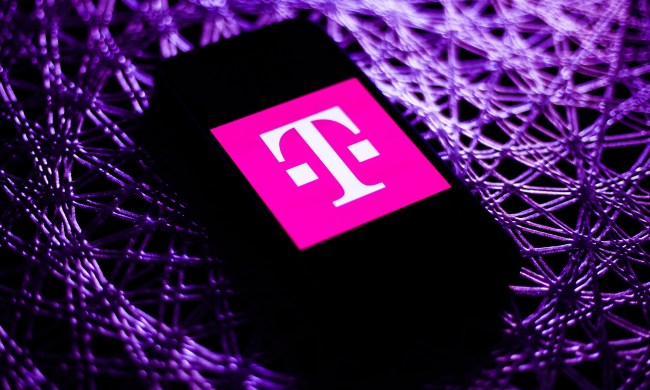The American version of the Mobile World Congress (MWC) trade show began on Tuesday in Los Angeles, with T-Mobile’s president of technology Neville Ray as a keynote speaker. During his speech on Wednesday, Ray discussed T-Mobile’s overall 5G strategy, build numbers, marketing strategy, and rate of adoption among its customers.
Following up on T-Mobile’s dominance in the most recent Opensignal report, Ray noted that the company’s Ultra Capacity 5G now covers over 185 million people, which is up 20 million from the numbers T-Mobile released this past July. The company says it’s well on the way to reaching its target of 200 million covered by the end of this year, and T-Mobile’s target is to reach 300 million people overall with Ultra Capacity by the end of 2023.
“Opensignal’s latest report validates what our customers already know — T-Mobile’s differentiated approach to 5G is delivering meaningful 5G experiences now with ever-increasing speeds and expanding coverage,” Ray said. “Our two-year lead on building 5G will continue as we add even more Ultra Capacity coverage and expand it to reach 200 million people nationwide this year. T-Mobile customers benefit from a real 5G network that today can power immersive and transformative experiences.”
He also reported that T-Mobile’s standalone 5G network is still the only one in operation in the continental U.S., with over 20 million compatible smartphones connected to it, representing over 25% of its post-paid (under contract) customers.

Ray also noted that T-Mobile plans to roll out a “broader deployment” of 5G carrier aggregation at an unspecified point in the current business quarter. This combines T-Mobile’s licensed 600Mhz and 2.5Ghz frequencies into a broader, more accessible signal.
Another planned deployment that’s currently being tested in the field is Voice over New Radio (NR), which is one area in which T-Mobile lost out to Verizon in the Opensignal report. While Ray cited no specifics, T-Mobile’s Voice over NR is planned for launch “as soon as we meet our own stringent performance targets.”
While T-Mobile isn’t without its overall weak spots, such as its data prioritization on its home Internet services or Verizon’s significant lead in mobile gaming, it’s currently got a healthy lead on actual 5G deployment. As the industry warms up for a variety of new product/service launches this December, the race to 5G appears to initially be T-Mobile’s to lose.


